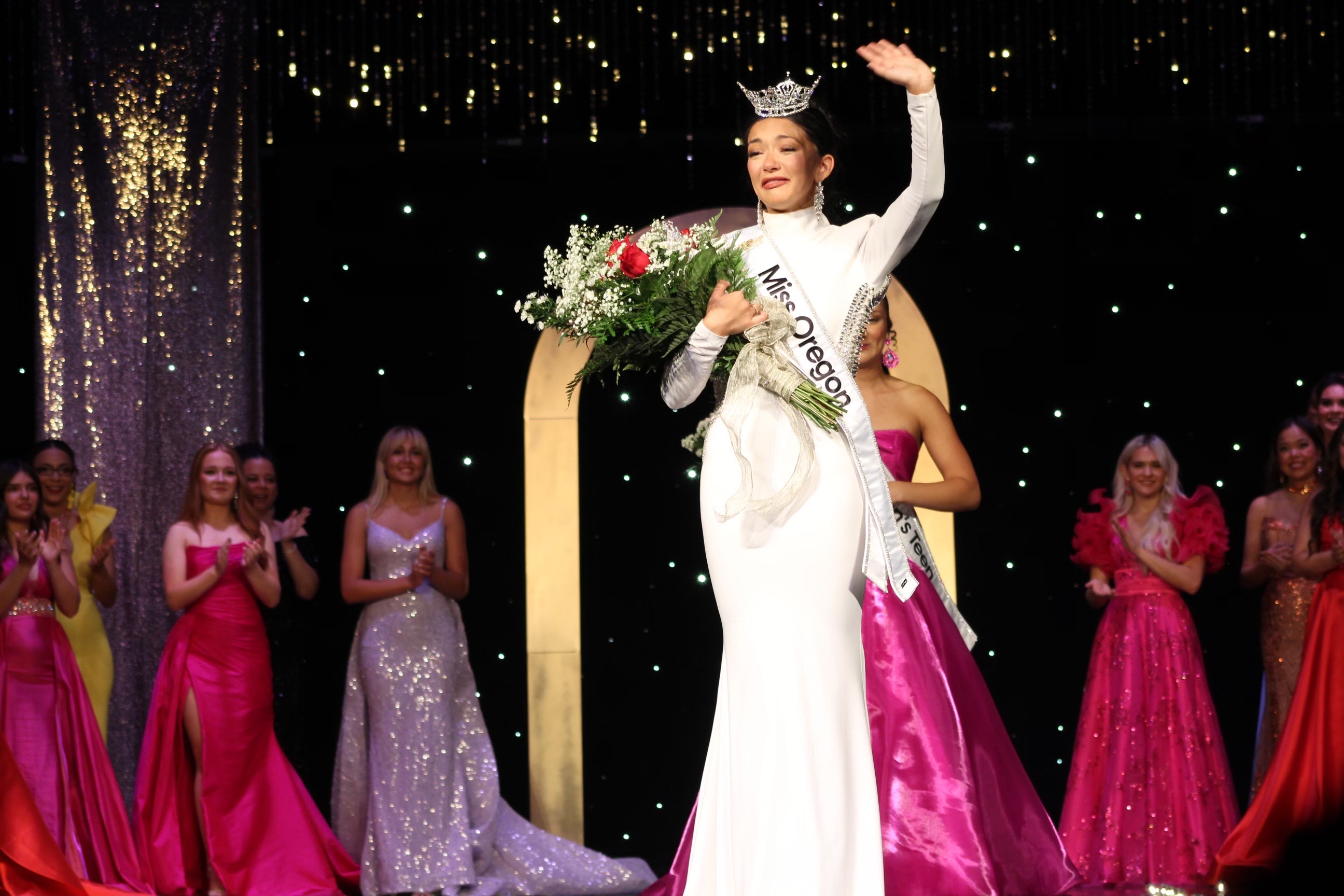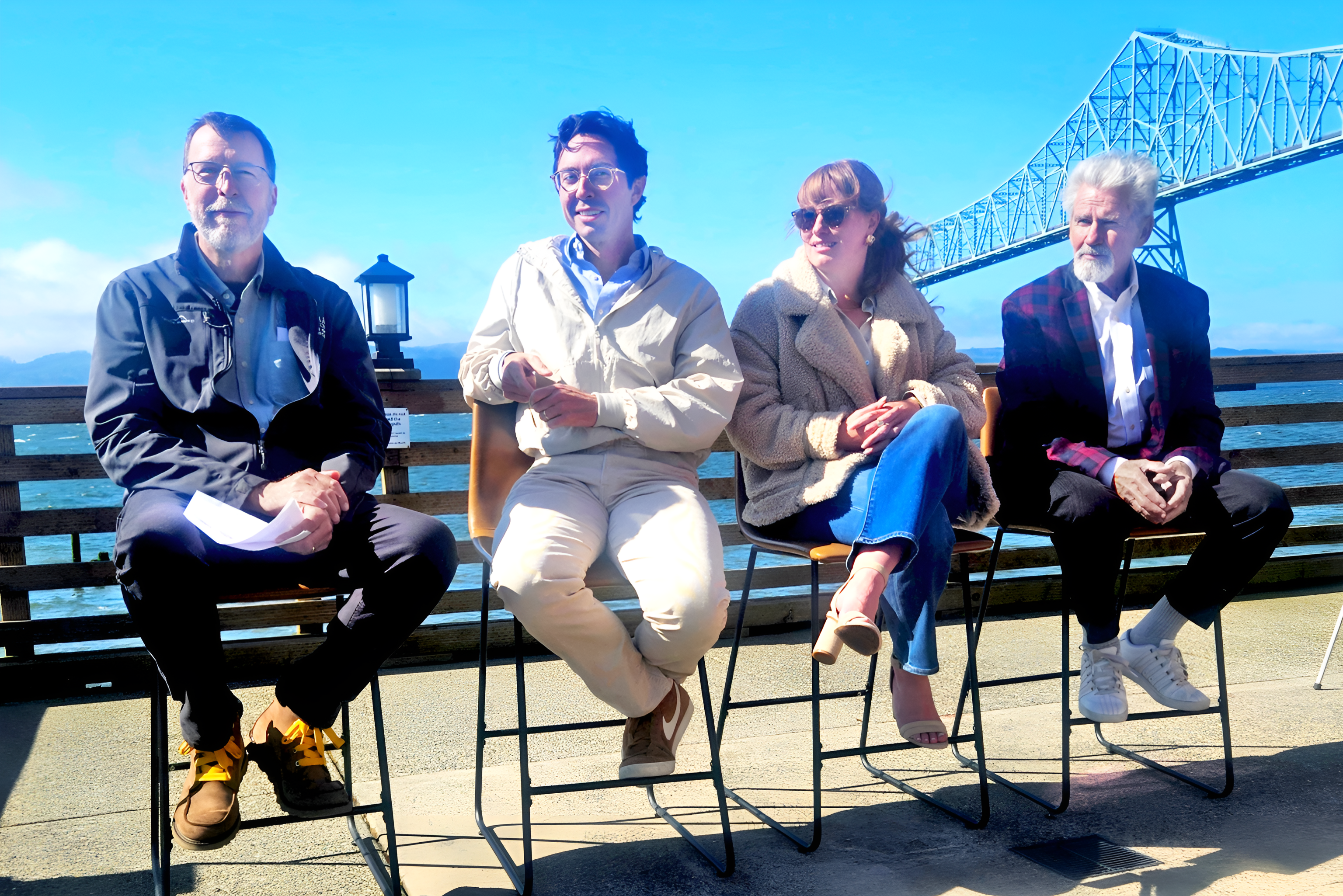Fall salmon seasons set, with good forecasts
Published 8:00 pm Wednesday, August 19, 2015
LONG BEACH, Wash. — Greater than average forecasts of fall chinook and coho salmon are opening the way for more commercial fishing in the Columbia River.
The U.S. v Oregon Technical Advisory Committee preseason forecast for the 2015 fall chinook adult return to the Columbia River totals 925,300 fish which would be another strong run.
The forecast is 80 percent of the 2014 actual return (1,159,100) and 147 percent of the 2005-2014 average return (631,200).
Bonneville Dam passage is expected to total nearly 649,000 upriver fall chinook adults. Passage is typically 50 percent complete by Sept. 8.
The 2015 coho forecast to the Columbia River is for a strong return of 539,600 adults, which includes 377,300 early stock and 162,300 late stock. The forecast is 117 percent of the 2005-2014 average of 459,800 fish.
Bonneville Dam passage is expected to total 190,500 adult coho, which represents 65 percent of the total ocean abundance of Columbia River coho destined for areas upstream of Bonneville Dam.
Through Aug. 17, 20,744 adult fall chinook, 510,386 sockeye, and 125 coho had passed Bonneville Dam. The cumulative fall chinook count is the second largest since 1989 by that date.
Flows are low and temperatures are slightly above average at Bonneville Dam. Flow Tuesday on Aug. 11 was 138,600 cubic feet per second while the 10-year average is 169.7 kcfs. The average water temperature Aug. 11 is 70.6 degrees Fahrenheit and the actual temperature was 71 degrees.
In three meetings in recent weeks, the two-state Columbia River Compact set fishing periods for both treaty Indian and non-Indian commercial gillnetters, select area fisheries, research seine fisheries and recreational fisheries.
At its July 29 hearing, the Oregon-Washington Columbia River Boundary Compact set openings for the non-Indian early fall salmon commercial gillnet fishery, with three 9-hour periods per week (Sunday, Tuesday and Thursday) through August in Zones 4 and 5. Remaining commercial fishing days are Aug. 20, 23, 25 and 27, beginning at 9 p.m. each day and ending the following morning at 6 a.m.
The late fall gillnet fishery is expected to begin Sept. 14, also in Zones 4 and 5. Coho gillnet fishing is expected in October, likely in Zones 1, 2 and 3.
The compact also set the select area gillnet fisheries (those commercial fisheries not in the main Columbia River channel) at its July 29 hearing. Gillnetters could fish the Deep River select area fishery in Washington for 36 nights starting Aug. 17, and for 46 nights, also starting Aug. 17, in Oregon’s Blind Slough and Youngs Bay.
The compact also set the recreational fall salmon fisheries. The Buoy 10 fishery began Aug. 1 and fishing will be allowed through Labor Day. Two fish are allowed, but only one can be a chinook. Retention of chinook closes Sept. 8-30 and will reopen Oct. 1 with a two-fish, two chinook bag limit.
At its most recent meeting, the compact set limits and timing on the 2015 beach and purse seine fishing in the Columbia River.
Last year, the first pilot research seine fishery was on selected days Aug. 19 to Sept. 30, 2014. It was limited to 10 seine permits, four purse seines (fished from boats) and six beach seines. Some 45 commercial gillnetters signed up for the permits. Each permit was given an individual fish quota (IFQ) limited to hatchery chinook and coho salmon. A total of 6,000 chinook and 3,300 coho were allowed, although the actual catch was 2,400 chinook and 1,000 coho.
The chinook quota this year will be 5,000 fish and 1,700 coho are allowed, all hatchery fish. Again, 10 permits are allowed, but this year the number of permits requested as of Tuesday has been just eight, but just six permits have been purchased (four beach and two seine permits). Oregon and Washington are accepting applications to fill the last four permits.
Each beach seine will be allowed 400 hatchery chinook salmon and 150 coho salmon. Handling of 180 steelhead is allowed. Purse seiners are allowed 650 chinook, 200 coho and are allowed to handle up to 150 steelhead. Once a seiner reaches these limits, they must stop fishing.






